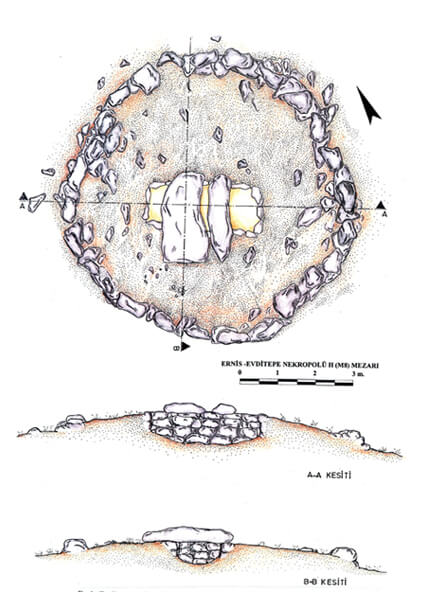A reflection of the new understanding of the Urartians brought to Eastern Anatolia is also seen in tomb architecture and burial customs. We can say that we obtained almost all of the approaches to death from data from graves. In fact, there are no clear rules about how to do this in the Ancient society, even today. Religious, ethnic and cultural framework is shaped in a burial understanding.
Multiple burials were built in the burial chambers. This number may vary depending on the size and duration of the burial chamber. For example, the number of burials in the grave of Karagündüz 8 reached 106. In order to make room for the new burials in the burial chamber, it was determined that the old burials were piled together with their burial gifts without a certain order towards the bottom of the grave. At the bottom of the grave, a swarm of bones and finds were formed as a result of these processes carried out in various periods. It was observed that skulls were collected in certain areas in some graves while this process is being performed. This shows that the communities that use these graves, attributed a meaning to the skulls and care about them.
It is understood that burials in burial chambers were initially made in the hocker position. There is no specific direction. The fabric traces, especially formed on metal objects, indicate that these people were buried with their clothes.
In some burial chambers, cremation (burned) burials were found alongside normal burials. Considering that such graves are family or tribe graves, it may be thought that there may be people with different burials or beliefs within the same family or tribe.
The urnes, which bones and gifts of the burned person are put, reflect a sense of burial on their own. Some of these vessels with bulging abdomen, short neck vases, have different number of holes. According to some researchers, these holes were opened for the soul of the deceased to come out. However, there is no evidence to support this view.
Potteries in the graves sometimes more than 100 are the containers where the dead dish isput. In Karagündüz graves, the bowls providing this situation, in which animal bones were determined, were found in-situ. It can be said that the dishes are usually meat dishes. In addition, the grapes, wheat and chickpea residues found in some of the Yoncatepe graves indicate that the cereal or fruit-like foods in these containers are also put as dead food. It is understood that pottery type containers are usually put beverages. Burned and sooty surfaces, which were formed on these vessels and subsequently, probably during cooking, indicate that the dishes were left to the bedside of the dead in which they were cooked. Two kilns which were found right next to the graves in the Karagündüz Necropolis, indicate that the dead meal could be prepared at the top of the grave.
The dead were buried with personal ornaments or gifts. As is also understood from the burials, detected some of them in-situ in burial chambers, iron bracelets or anklets, iron or bronze dress / ornament needles, iron and bronze rings, bead necklaces from various stones, the daggers and knives almost all of them made of iron were put into the burial chamber together with the dead. In some examples the bracelets were found on the biceps and arms, the rings on the fingers, the bead necklaces on the neck and the wrist. Some finds other than jewelry and weapons may be related to one's gender or profession. Particularly whorl-type finds should be related to the gender of the burial.
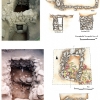
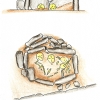
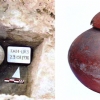
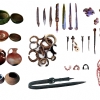
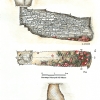
YONCATEPE NEKROPOLÜ MEZARI
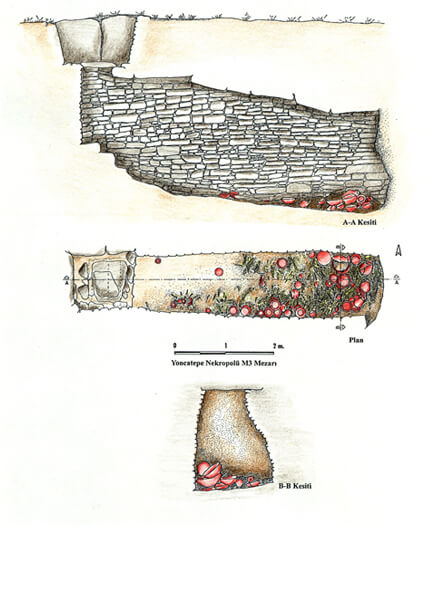
ERNİS EVDİTEPE NEKROPOLÜ MEZARI
